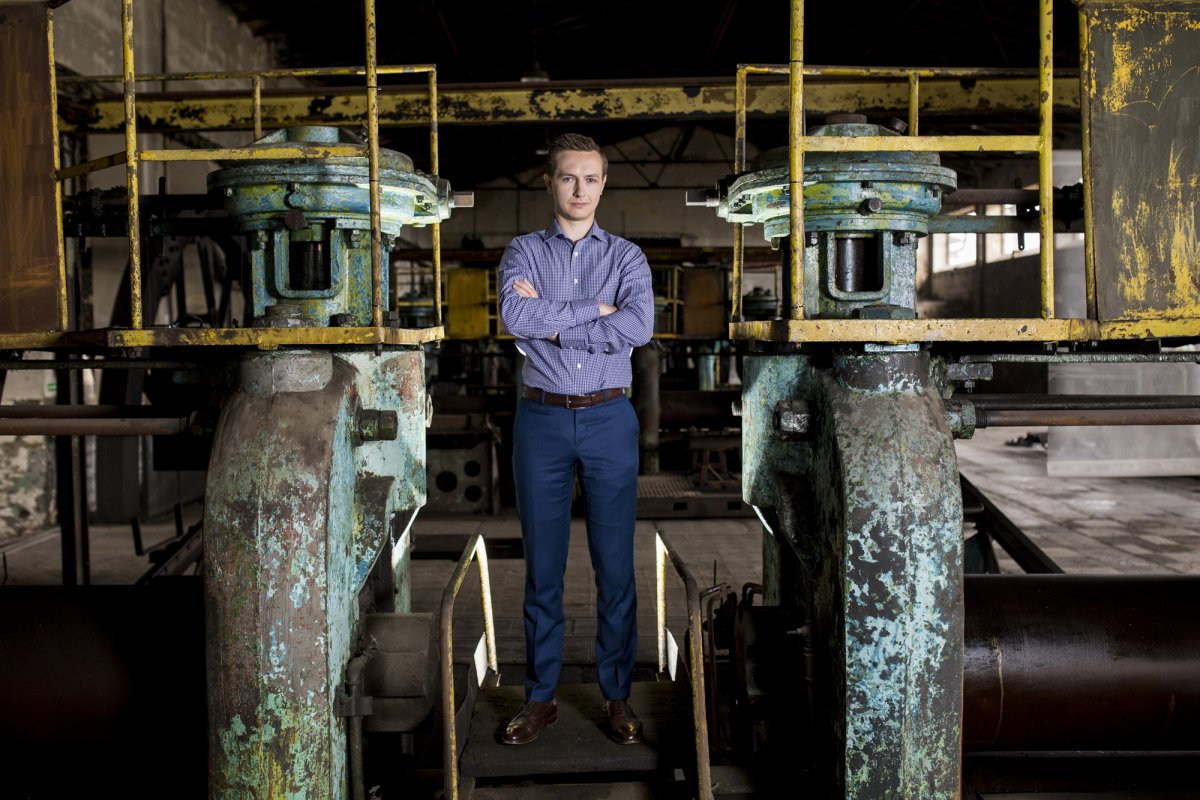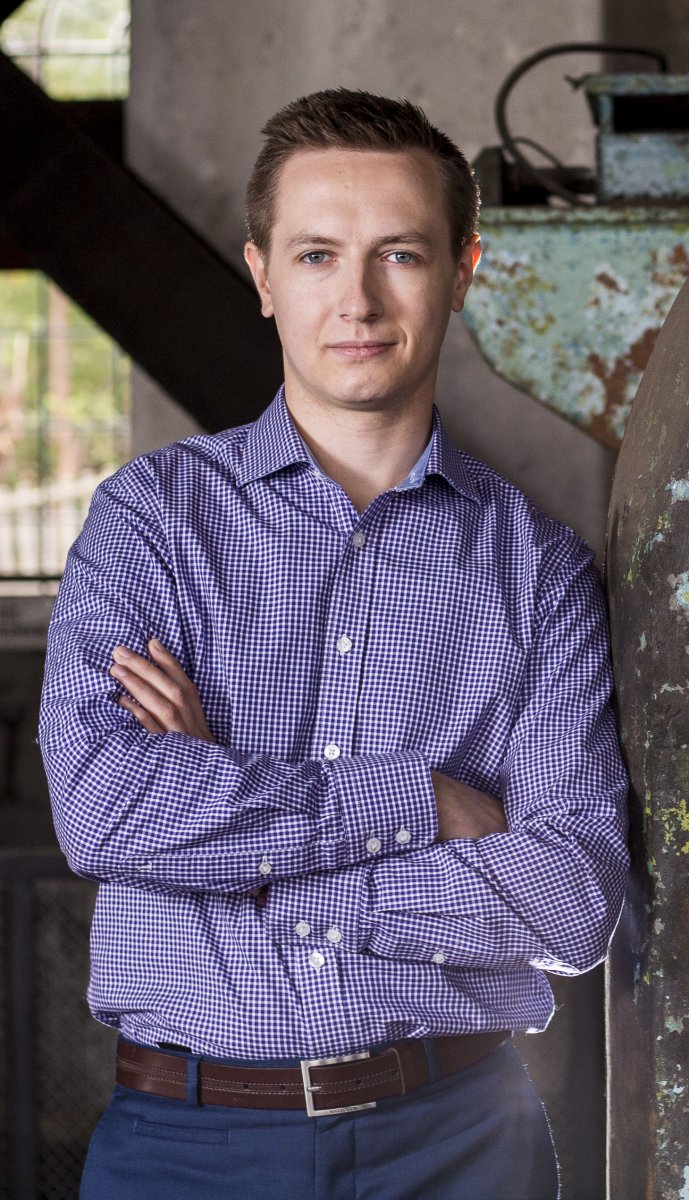Modelling phase transitions and element segregation in slags
Modelling phase transitions and element segregation in slags
- Principal Investigator: Dr. Rafał Warchulski, University of Silesia in Katowice
- Project title: Modelling of phase transformations and element speciation in pyrometallurgical slags of different chemistry in atmospheric pressure and temperatures in the range of 800-1500 deg. C
- Funding scheme: PRELUDIUM 11, announced on 15th March 2016
Slags left over from metallurgic processes may seem to hold little appeal as a research topic – they do not contain any precious elements such as gold, platinum or REEs, usually have a cryptocrystalline structure, and cannot help us reconstruct the Earth’s history. On close inspection, however, they may be shown to provide nearly inexhaustible and wide-ranging research material: on account of their unique chemical composition and crystallisation conditions, slags constitute a large-scale geochemical and petrographic experiment; they contain extremely rare minerals; their weathering affects the surrounding environment, including soil, water and organic matter; and they may serve as a basis for reconstructing the history of the smelting process.
This is where the issue of crystallisation temperature becomes important. Temperature is vital to the extent that a full description of slag is never possible without its precise measurement. It affects the physical parameters of the material, its phase composition, chemical content and the speciation of elements between individual phases. It determines the reactions that occur between the phases and the alloy, and also the separation of elements into the alloy and the solids. Trying to reconstruct the smelting process without it also lacks a solid basis. This is why it is essential to develop a precise and accurate method of temperature measurement. The techniques in popular use today often overestimate the results due to the complex composition of slag or have other important limitations that make them impossible to be applied in practice.
The experimental method proposed by the project provides an answer to these limitations and should make it possible to estimate the temperature of slag crystallisation with the greatest possible accuracy. The approach is based on a multivariate analysis of similarity between slags produced experimentally in furnaces and those sampled from the environment. The analysis will take account of the phase composition of slags, the morphological features of crystals and the speciation of elements between the phases and the glaze. By properly programming the furnace, it will be possible not only to heat the alloy to nearly 1600°C, but also to simulate different storage conditions – fast, slow or mixed alloy cooling.
It is also worth noting that the methodology in question does not apply exclusively to slags, but may equally well be applied to natural rocks that crystallise under conditions of intense heat and low pressure, such as most volcanic rocks.
Dr. Rafał Warchulski
Graduate of geology at the Faculty of Earth Sciences of the University of Silesia in Katowice and doctoral student at the faculty since 2012. Between 2014 and 2016, he ran his own business in the field of photography. Beginning in 2017, he has managed the PRELUDIUM grant awarded by the National Science Centre and served as a technology broker at the Office for Industry Cooperation of the University of Silesia. In November 2017 he obtained a doctoral degree. He is an author of numerous publications, for instance, in journals such as the Mineralogical Magazine, European Journal of Mineralogy, Mineralogy & Petrology and Archaeological and Anthropological Sciences. He has presented his findings at international conferences in Japan, Turkey and Italy. From 2013 onward, he has been a member of the Mineralogical Society of Poland, and from 2016, the Deputy President of the Polish Lysimetric Society. He has won the award for the Best Graduate of the University of Silesia (2012), the 1st prize in a competition for the best MSc thesis in the field of mineralogy organised by the Mineralogical Society of Poland (2013), the main prize at the national REVITARE contest for research papers devoted to the revitalisation of degraded areas (2014), and the “Incipere auso” award for publication in a renowned scientific journal devoted to Earth sciences (2016) and the main prize in the contest of the Ministry of the Environment, GEOLOGY 2017, in the Youth category. Winner of the "Graduates with Passion" plebiscite organized by the University of Silesia in Katowice (2017).
Date of publication: 4th Jan, 2018



 Facebook
Facebook Twitter
Twitter LinkedIn
LinkedIn YouTube
YouTube Instagram
Instagram